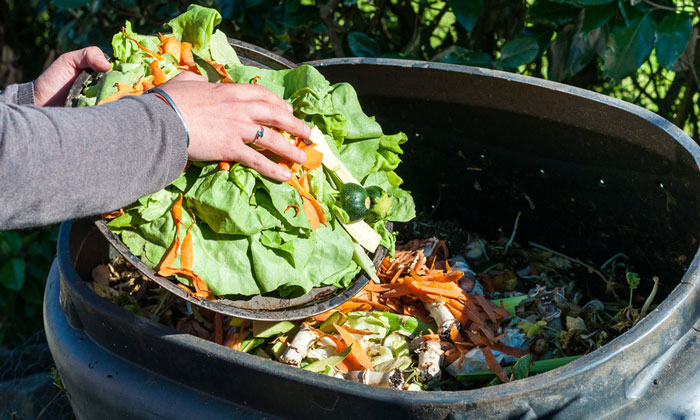Study reveals the extent of wasted food from US refrigerators
- Like
- Digg
- Del
- Tumblr
- VKontakte
- Buffer
- Love This
- Odnoklassniki
- Meneame
- Blogger
- Amazon
- Yahoo Mail
- Gmail
- AOL
- Newsvine
- HackerNews
- Evernote
- MySpace
- Mail.ru
- Viadeo
- Line
- Comments
- Yummly
- SMS
- Viber
- Telegram
- Subscribe
- Skype
- Facebook Messenger
- Kakao
- LiveJournal
- Yammer
- Edgar
- Fintel
- Mix
- Instapaper
- Copy Link
Posted: 29 August 2019 | Sam Mehmet (New Food) | No comments yet
A new study from the Ohio State University has found that Americans discard of a lot more food than they realise, due to aspects such as ambiguous date labels on packages.


According to the Food and Agriculture Organization (FAO), approximately one-third of the food produced worldwide for human consumption is lost or wasted.
In the global effort to reduce food waste, a study from Ohio State University looks to provide information about the waste produced from an average American refrigerator.
The most common reasons for discarding food, the researchers discovered, include concerns about food safety relating to odour, appearances and unclear dates on labels.
In measuring the expectation of food waste compared to actual food waste, survey participants expected to eat 97 percent of the meat in their refrigerators. In reality, they only consumed around 50 percent. While the expectation to consume 94 percent of their vegetables resulted in 44 percent of actual consumption. Fruit and dairy also saw a difference of around 71 percent and 84 percent (expected) respectively, compared to 40 percent and 42 percent (in actuality).
Although there is a proposal before Congress to better label products to ensure unambiguity and the standardisation of label meanings, ‘use by’ and ‘best by’ dates are often confused by consumers when discarding food.
“People think they are a safety indicator when they are generally a quality indicator,” said Brian Roe, the study’s Senior Author and a Professor in Agricultural, Environmental and Development Economics at The Ohio State University.
The study also revealed that the majority of food waste occurred as a result of in-home practices, which means that individual food waste is the primary factor when calculating where household food waste originates. However, Roe added that this is extremely difficult to measure due to such varying differences between households.
Many modern campaigns and initiatives focus their advice on this personal waste reduction concept, and the study aims to further this in future public messages.
Related topics
Related organisations
Food and Agriculture Organization (FAO), Ohio State University







